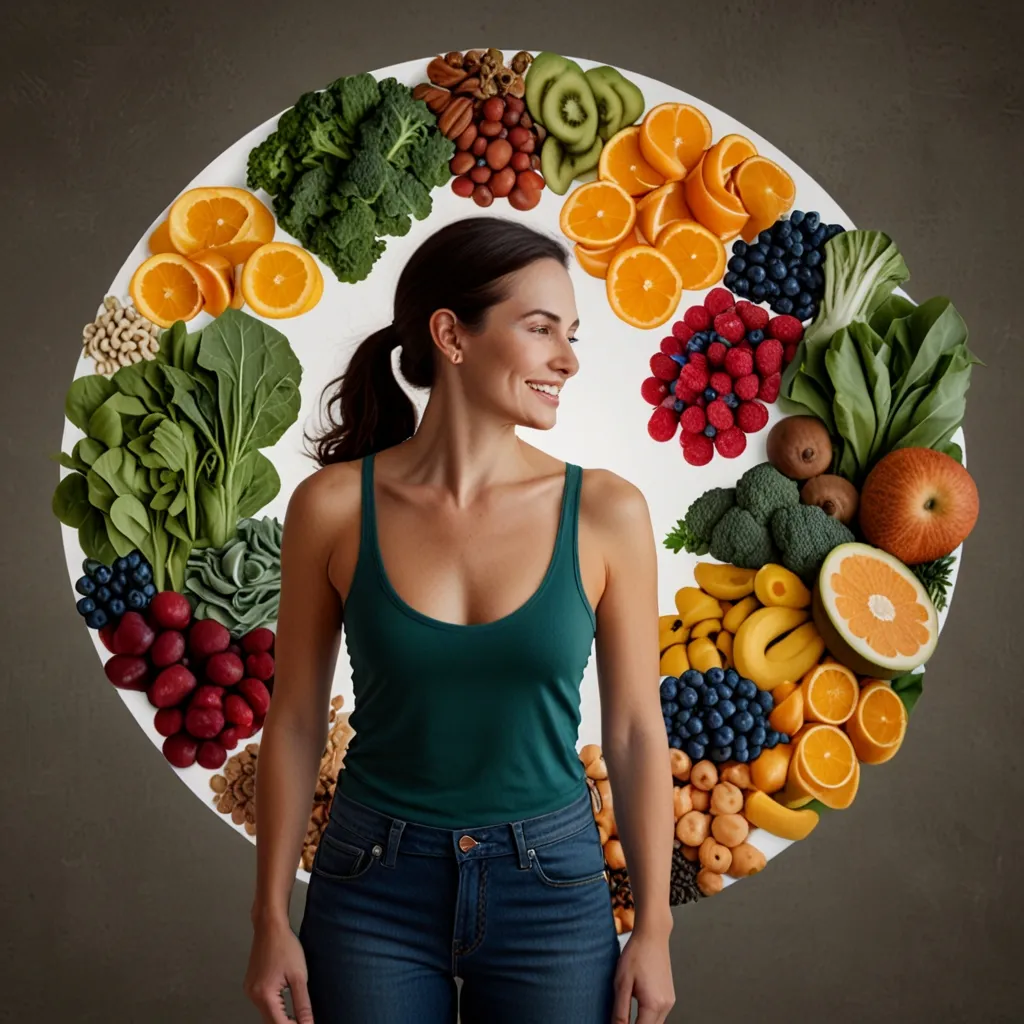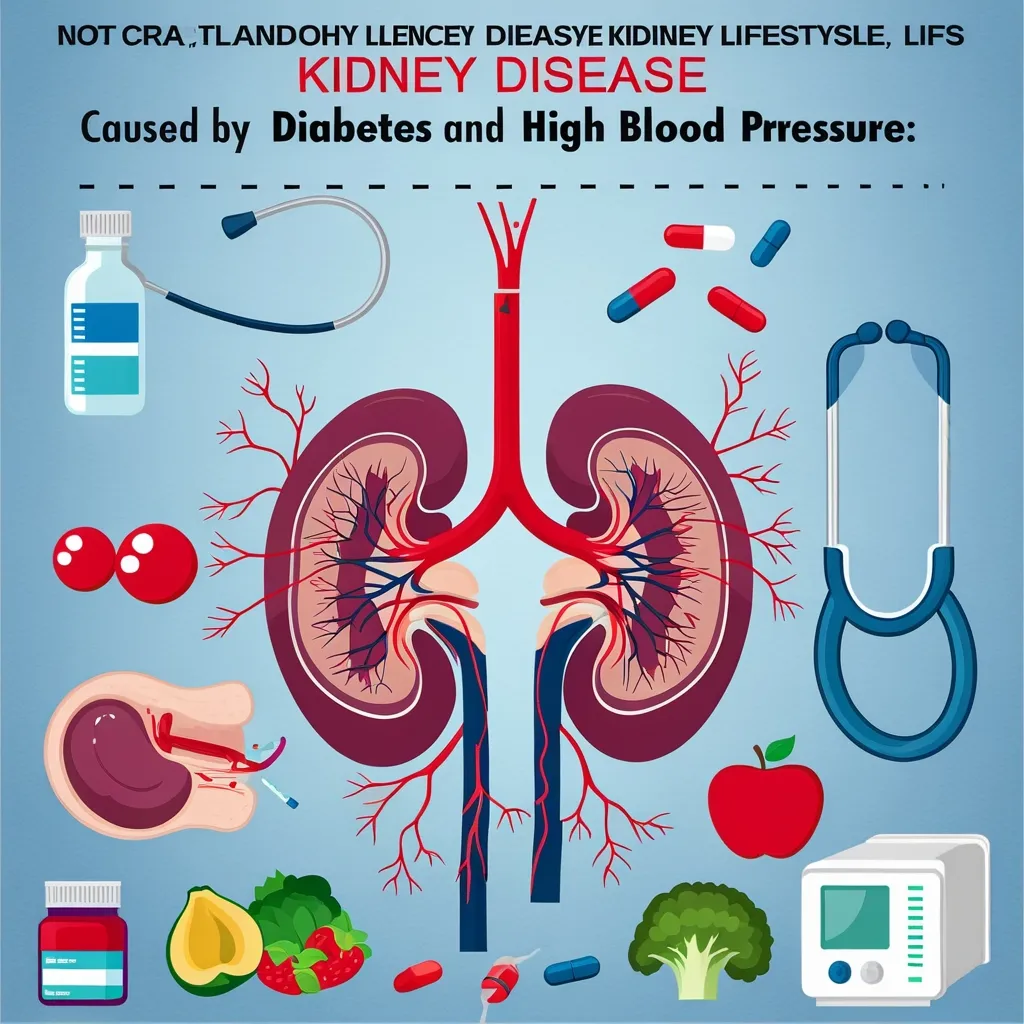Alright, let’s dive into the world of biofeedback therapy, a pretty cool technique that’s picking up steam in contemporary medicine. Imagine being able to control things your body usually handles on its own like heart rate, blood pressure, and muscle tension. That’s exactly what biofeedback helps you do, making it a neat option, especially for those who prefer to skip the medications or can’t use them, like pregnant women.
So, how does this all work? Well, during a biofeedback session, sensors or electrodes get attached to your skin. These little gadgets send signals to a monitor displaying various bodily functions such as heart rate, breathing, blood pressure, skin temperature, and muscle activity. When you’re stressed out, these functions start acting up—your heart races, muscles get tight, blood pressure spikes, you start sweating, and your breathing becomes rapid. The best part? By watching these changes on the monitor, you can learn to control them using some relaxation techniques.
Now, let’s talk about these relaxation techniques. Deep breathing tops the list, where you focus on inhaling and exhaling slowly to calm yourself down. Another one is progressive muscle relaxation, which involves tensing and then relaxing different muscle groups in your body to ease tension. Guided imagery is another cool technique; you picture a calming image to focus your mind and melt away stress. Mindfulness meditation is all about concentrating your thoughts and letting go of the negative vibes. These techniques can really slow down your heart rate, bring down blood pressure, and loosen up those tight muscles.
Biofeedback isn’t just a one-trick pony. It can help with an array of conditions. For starters, it’s a lifesaver for chronic pain. Imagine having constant back pain, abdominal pain, TMJ, or even fibromyalgia. Biofeedback can help you identify which muscles are tensed up and teach you how to relax them, offering you much-needed relief. It’s beneficial for everyone, from kids to older adults.
Another area where biofeedback shines is in tackling headaches. Stress and muscle tension are common triggers for migraines and other headaches. By relaxing those tense muscles and easing stress, biofeedback can reduce the frequency and intensity of your headaches. Pair it up with medication, and you’ve got yourself a powerhouse combo.
When it comes to anxiety, biofeedback is a game-changer. It helps you become more aware of your body’s stress responses, giving you the upper hand in controlling them. Got urinary incontinence? Biofeedback can help strengthen those pelvic floor muscles, reducing the urgency to urinate and cutting down on accidents.
The list of conditions that biofeedback can help with doesn’t stop there. High blood pressure? It’s not as effective as meds but still offers benefits. ADHD, COPD, asthma, constipation, epilepsy, rheumatoid arthritis, Raynaud’s disease, and tinnitus are also on the list of conditions where biofeedback can lend a helping hand.
So, how do you get started with biofeedback? Many healthcare providers, like psychiatrists, psychologists, and general physicians, offer it. To find a qualified biofeedback provider, you might want to check out organizations like the Association for Applied Psychophysiology & Biofeedback. Make sure to ask questions about the provider’s experience and training before diving into treatment.
And guess what? You can even bring biofeedback into your home. Yep, biofeedback machines and programs are available for home use, including interactive computer programs and mobile devices. These machines measure physical changes in your body and provide feedback to help you control nervousness and stress. Some devices track brain activity while you meditate, using sounds to let you know when your mind is calm or active. Wearable gadgets can monitor your breathing patterns and offer activities to help restore calm.
Biofeedback is quickly becoming a popular and accepted form of complementary and alternative medicine (CAM). More and more people in the U.S. are turning to biofeedback and other CAM therapies for their routine healthcare needs. With ongoing research continually proving its effectiveness in treating multiple conditions, biofeedback is on the path to becoming a widely accepted therapy for various diseases in the future.
To wrap things up, biofeedback therapy stands out as a powerful tool in modern medicine, offering a non-invasive way to manage a wide range of health conditions. By teaching you to control your body’s functions through relaxation techniques, biofeedback can bring relief from chronic pain, headaches, anxiety, and more. With its low risk of side effects and growing acceptance, it’s definitely worth considering for those looking for an alternative approach to healthcare.






